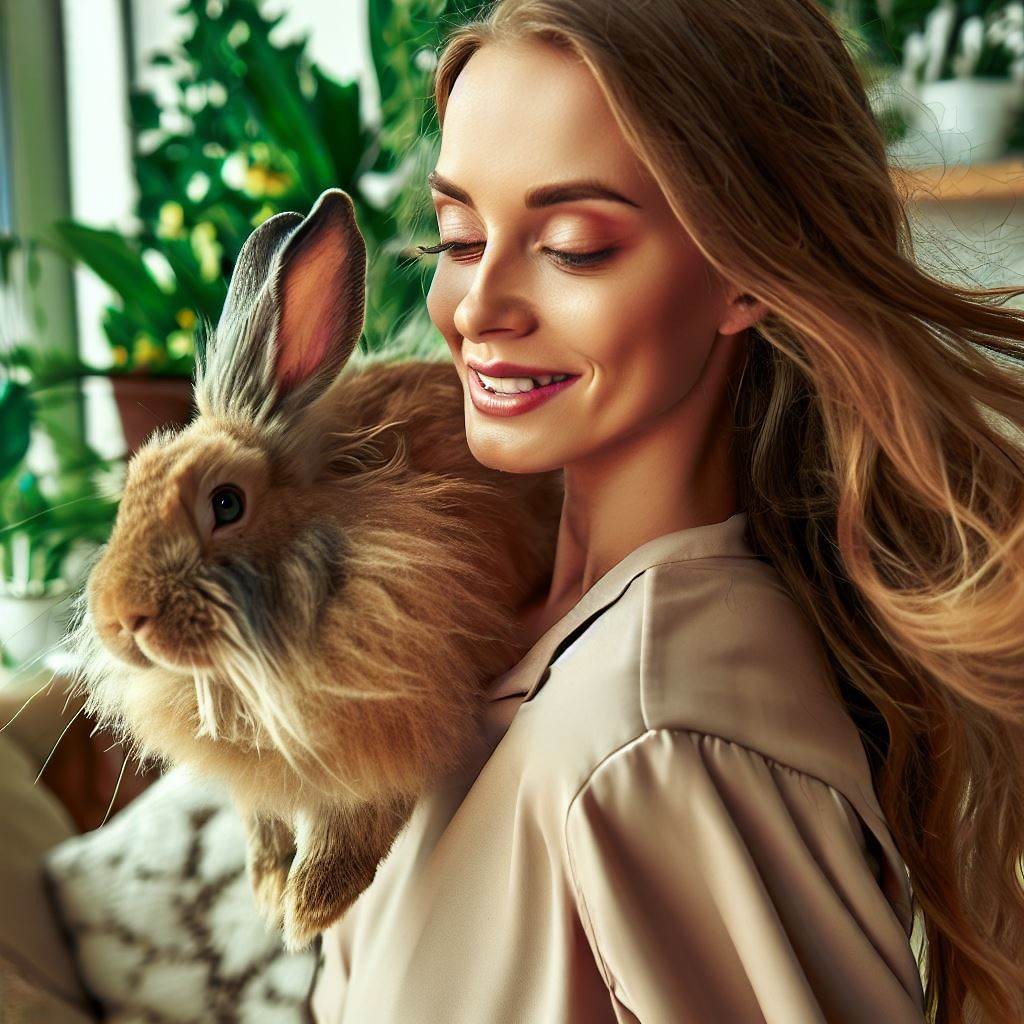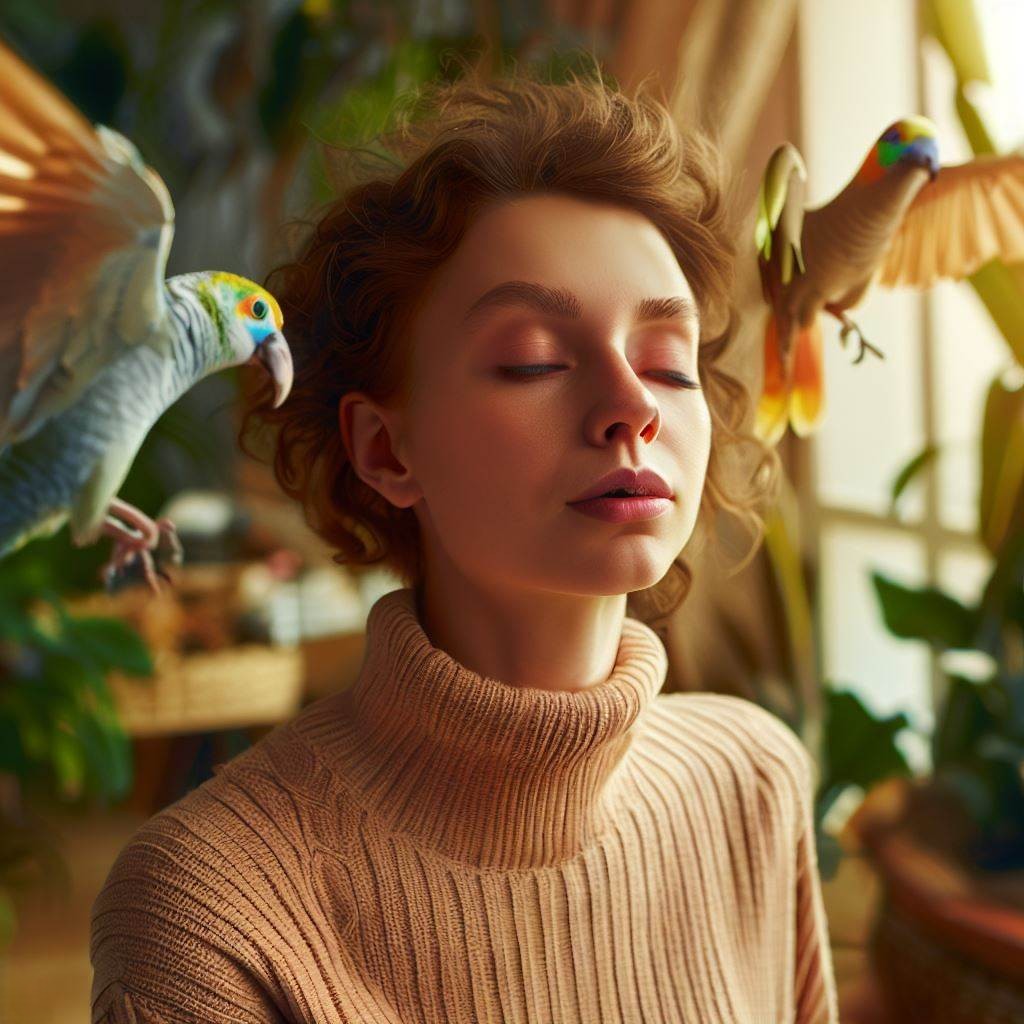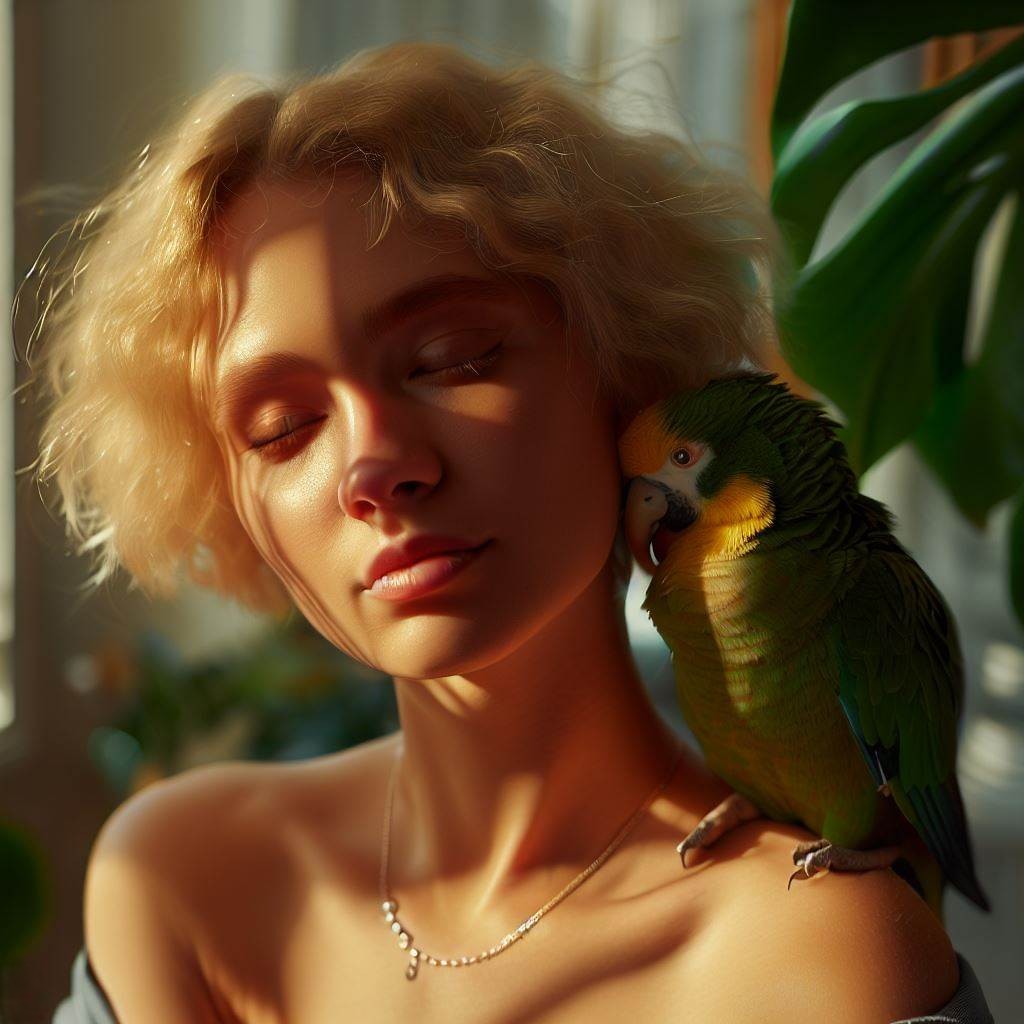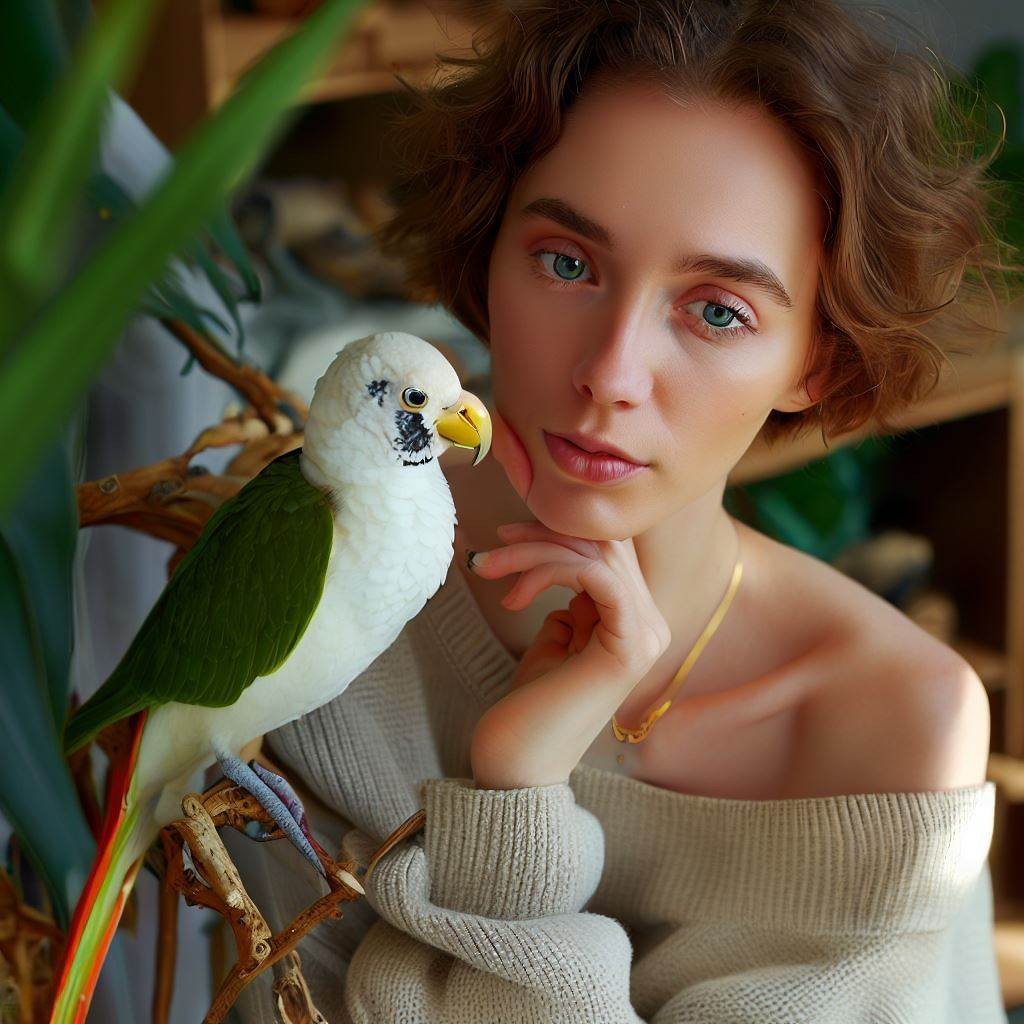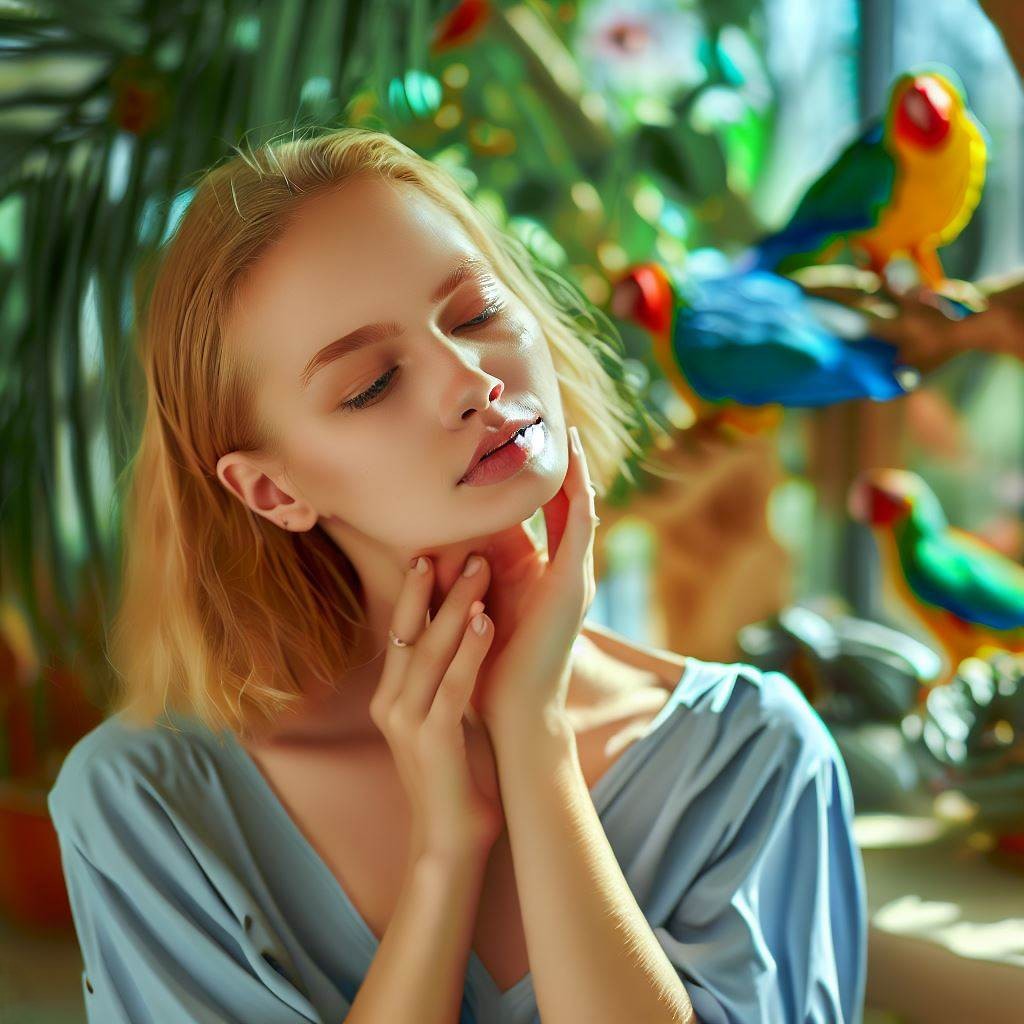When we think of pets, most of us imagine animals that express themselves with barks, meows, or chirps. However, one of the most endearing and intriguing pets a person can have communicates in a much subtler manner. This is the humble rabbit, a creature of understated complexity, a silent communicator that relies on a delicate ballet of body language to express its emotions. This blog post aims to explore and demystify the nuanced emotional language of rabbits and enhance our understanding of these quiet, often misunderstood creatures.
When we think of pets, most of us imagine animals that express themselves with barks, meows, or chirps. However, one of the most endearing and intriguing pets a person can have communicates in a much subtler manner. This is the humble rabbit, a creature of understated complexity, a silent communicator that relies on a delicate ballet of body language to express its emotions. This blog post aims to explore and demystify the nuanced emotional language of rabbits and enhance our understanding of these quiet, often misunderstood creatures.
Parrots, known for their brilliant colors and impressive mimicry abilities, are also recognized for their complex social behaviors. Among these behaviors, the role of lookout birds, or ‘sentinels,’ within a parrot flock is of significant importance. These sentinel birds serve as the ‘security guards’ of the flock, maintaining vigilance and providing an early warning system against potential threats. This blog post explores the role of sentinel birds in parrot flocks, the importance of this role for the group’s safety, and the fluid nature of roles within parrot societies.
Parrots, known for their brilliant colors and impressive mimicry abilities, are also recognized for their complex social behaviors. Among these behaviors, the role of lookout birds, or ‘sentinels,’ within a parrot flock is of significant importance. These sentinel birds serve as the ‘security guards’ of the flock, maintaining vigilance and providing an early warning system against potential threats. This blog post explores the role of sentinel birds in parrot flocks, the importance of this role for the group’s safety, and the fluid nature of roles within parrot societies.
Parrots, known for their brilliant colors and impressive mimicry abilities, are also recognized for their complex social behaviors. Among these behaviors, the role of lookout birds, or ‘sentinels,’ within a parrot flock is of significant importance. These sentinel birds serve as the ‘security guards’ of the flock, maintaining vigilance and providing an early warning system against potential threats. This blog post explores the role of sentinel birds in parrot flocks, the importance of this role for the group’s safety, and the fluid nature of roles within parrot societies.
Parrots, famous for their vibrant plumage and fascinating ability to mimic human speech, are also highly social creatures that live in well-organized flocks. Each member of the flock plays a crucial role, contributing to the group’s survival and efficiency. This blog post delves into the various roles within a parrot flock, from lookouts and foragers to caregivers, offering insights into the complex and cooperative society of these remarkable birds.
Parrots, celebrated for their vibrant plumage and their unparalleled mimicry abilities, are also known for their complex social behaviors. One such behavior is the care and protection of the young, a task that isn’t solely the responsibility of the parents. In many parrot societies, other group members, often referred to as ‘helpers,’ share the responsibility of caring for the young. This blog post will delve into the role of caregivers in parrot societies, their responsibilities, and the significance of this shared responsibility for the survival of the young.
Parrots, celebrated for their vibrant plumage and their unparalleled mimicry abilities, are also known for their complex social behaviors. One such behavior is the care and protection of the young, a task that isn’t solely the responsibility of the parents. In many parrot societies, other group members, often referred to as ‘helpers,’ share the responsibility of caring for the young. This blog post will delve into the role of caregivers in parrot societies, their responsibilities, and the significance of this shared responsibility for the survival of the young.
Parrots, celebrated for their vibrant plumage and their unparalleled mimicry abilities, are also known for their complex social behaviors. One such behavior is the care and protection of the young, a task that isn’t solely the responsibility of the parents. In many parrot societies, other group members, often referred to as ‘helpers,’ share the responsibility of caring for the young. This blog post will delve into the role of caregivers in parrot societies, their responsibilities, and the significance of this shared responsibility for the survival of the young.
Parrots, celebrated for their vibrant plumage and their unparalleled mimicry abilities, are also known for their complex social behaviors. One such behavior is the care and protection of the young, a task that isn’t solely the responsibility of the parents. In many parrot societies, other group members, often referred to as ‘helpers,’ share the responsibility of caring for the young. This blog post will delve into the role of caregivers in parrot societies, their responsibilities, and the significance of this shared responsibility for the survival of the young.

